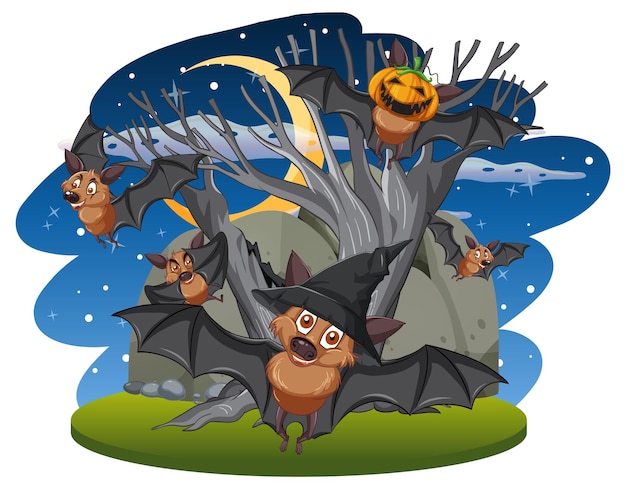Unraveling the Mysteries – Loch Ness Monster Facts

The Loch Ness Monster is believed to be a large aquatic creature.
Sightings of the Loch Ness Monster have been reported since the early 20th century.
The Loch Ness Monster is commonly referred to as Nessie.
The Loch Ness Monster is said to inhabit Loch Ness, a deep freshwater lake in the Scottish Highlands.
The Loch Ness Monster is known for its long neck and hump-like appearance.
Many theories suggest that the Loch Ness Monster could be a surviving prehistoric creature.
The Loch Ness Monster has become a popular tourist attraction in Scotland.
Sonar readings have failed to provide conclusive evidence of the existence of the Loch Ness Monster.
Some eyewitness accounts describe the Loch Ness Monster as having a serpentine or eel-like body.
Various photographs and videos claiming to capture the Loch Ness Monster have been deemed hoaxes.
The Loch Ness Monster has inspired numerous books, movies, and TV shows.
The first recorded sighting of the Loch Ness Monster dates back to the 6th century.
The Discovery of Loch Ness Exhibit offers visitors a chance to learn more about the Loch Ness Monster.
Scotland’s tourism industry has greatly benefited from the legend of the Loch Ness Monster.
The annual Loch Ness Monster Day celebrates the legendary creature.
Nessie-themed merchandise, such as t-shirts and figurines, are popular among tourists.
Some skeptics argue that the Loch Ness Monster could simply be a large sturgeon or other known aquatic animal.
Unraveling the Mysteries – Loch Ness Monster Facts part 2
The Loch Ness Monster has been featured in the Guinness World Records as the world’s most famous cryptid.
The Loch Ness Monster is often depicted as a friendly creature in children’s books.
Many experts believe that the Loch Ness Monster legend is fueled by misinterpretations of natural phenomena.
The Loch Ness Monster is said to have a distinctive smell resembling sulfur or rotten eggs.
Numerous expeditions have been conducted in search of the Loch Ness Monster, but with limited success.
The Loch Ness Monster is often associated with Scottish folklore and myths.
Some researchers believe that the Loch Ness Monster could be a plesiosaur-like creature.
The Loch Ness Monster legend has inspired scientific surveys and studies of Loch Ness’s ecosystem.
The origin of the Loch Ness Monster name is believed to be a translation from the Scottish Gaelic language.
Local legends tell tales of the Loch Ness Monster occasionally leaving the lake and venturing onto land.
The Loch Ness Monster is estimated to be anywhere from 10 to 20 feet long, according to eyewitness descriptions.
Sightings of the Loch Ness Monster tend to increase during summer months when more tourists visit Loch Ness.
Some believers assert that the Loch Ness Monster is a guardian spirit or deity protecting the lake.
The Loch Ness Monster is often described as having a dark greenish-black coloration.
Skeptics suggest that the Loch Ness Monster sightings could be a result of pareidolia, the tendency to see recognizable shapes in random patterns.
The Loch Ness Monster phenomenon has been extensively covered by the media since the 1930s.
The myth of the Loch Ness Monster has brought fame and fortune to many self-proclaimed experts and monster hunters.
The Loch Ness Monster has been included in multiple scientific studies investigating the boundaries of biology and geology.
The character of the Loch Ness Monster has been featured in numerous video games and animated series.
Some theories propose that the Loch Ness Monster might be a group of creatures instead of a single entity.
The Loch Ness Monster has become an enduring symbol of the Scottish Highlands.
The lack of concrete evidence supporting the existence of the Loch Ness Monster has led to ongoing debates within the scientific community.
The Loch Ness Monster is said to be capable of moving swiftly through the water, causing large waves.
The hunt for the Loch Ness Monster has been fueled by the reward offered for capturing or providing irrefutable evidence of its existence.
Strangely shaped logs and floating debris have been mistaken for the Loch Ness Monster on several occasions.
The legend of the Loch Ness Monster has influenced similar lake monster myths around the world.
The local economy heavily relies on the tourism generated by the Loch Ness Monster legend.
Despite the numerous skeptics, the belief in the Loch Ness Monster remains strong among many enthusiasts.

